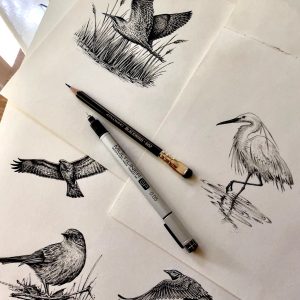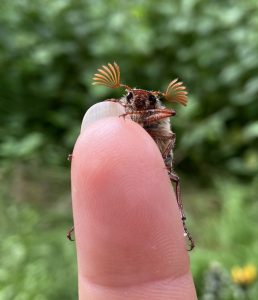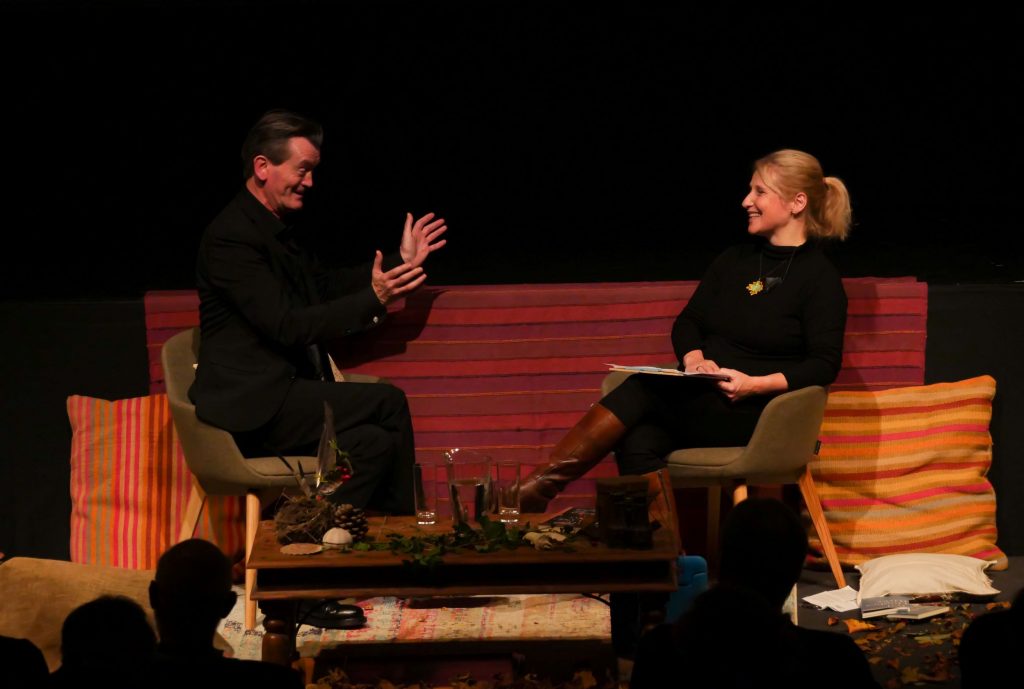
Amy-Jane Beer, a biologist, writer, editor and member of the steering group for New Networks for Nature, kindly took the time to talk with us about the work they do and the importance of their annual event, Nature Matters.
We discuss the role of the creative arts in engaging with the natural world, the political priority of wildlife and how best to get involved.
Firstly, could you tell us about the work that New Networks for Nature does?
Our entire focus is an annual event called Nature Matters: not quite a festival, not a conference, not a symposium, not an exhibition, not a variety show… but with elements of all these. It is two days and one evening of hugely varied dialogues, debates, readings, performances and displays about and in concert with nature. Our contributors are writers, artists, poets, filmmakers, activists, scientists, naturalists, musicians, photographers, conservationists and sometimes politicians and entrepreneurs. Our audiences contain many more of the same, plus publishers, journalists, producers, campaigners, representatives of major NGOs who use the opportunity to make new connections.
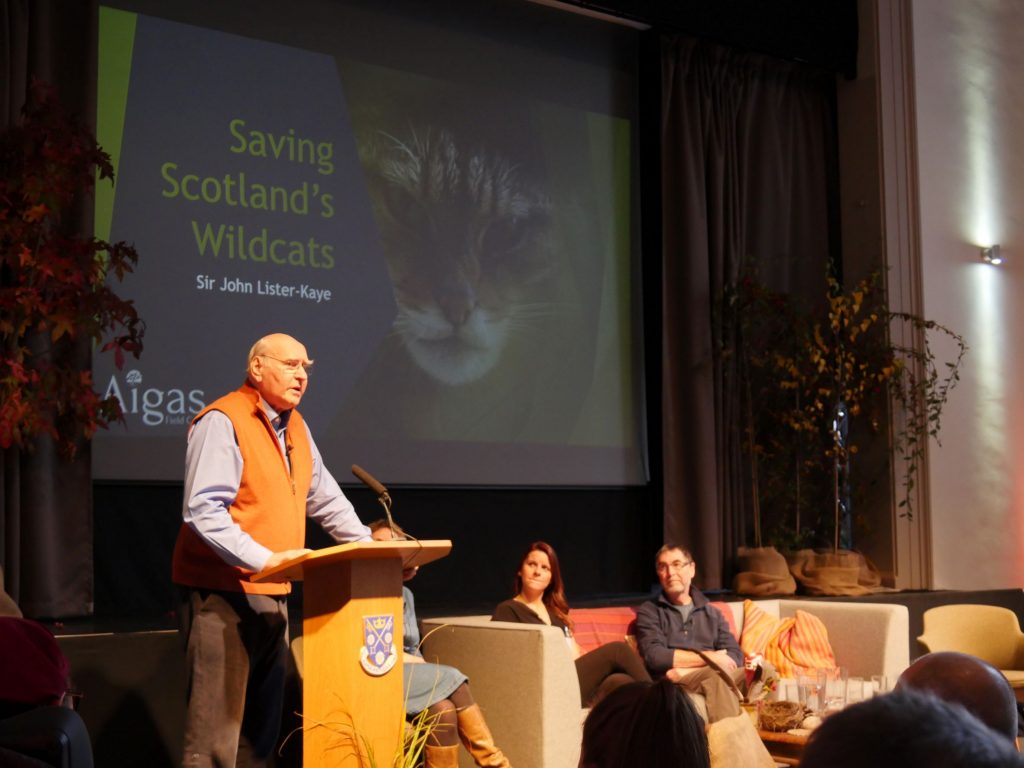
You are a relatively new charity, founded in 2009 and registering in 2016. How did the charity start and what are your hopes for its future?
The first event, held in 2009, was the brainchild of our founders: Jeremy Mynott, Mark Cocker, John Fanshawe and Tim Birkhead – four big thinkers who, in Jeremy’s words ‘shared the conviction that wildlife had a far richer role to play in the human experience than that defined by science or economics alone.’ They decided to try and reach more like-minded, creative souls and rapidly realised that an event offering both inspiration and social connection was a powerful way to build a network. By 2019, pre-COVID, that initial one-day event with 44 attendees had grown to a two and a half-day version with 30–40 contributors and an audience exceeding 250. This is about as big as we can manage on a voluntary basis with a minuscule budget funded purely by ticket sales. It’s rewarding but exhausting for the organisers, and the risk of burnout is very real. So the next phase for us as an organisation has to be sourcing funds that will allow us not only to offer an ever more diverse and accessible event but also to pay for some of the services that currently push us to our limits. It may be we offer a Friends of NNN subscription, seek carefully vetted sponsorship, or grant funding that doesn’t compromise our ethos or creative freedom.
One of your main aims is to challenge the low political priority that is placed on the natural world. Why do you think that there is so little importance placed on wildlife and nature nationally?
As a society we’ve come to take nature for granted, living lives so removed from the true sources of everything that sustains us we forget we’re not only dependent on nature, but part of it. That disconnect means that when we encounter problems, we often come up with solutions that target symptoms rather than the root cause. And the cause, almost every time, is that vast rapacious monster of global capitalism, to which politicians are wedded. Among the most toxic spawn of capitalism is a media that has reduced politics to a frantic minute-by-minute battle over the next headline. How can politicians possibly tackle the big issues when they’re doing that? In the current system, taking time to engage deeply with nature has become an almost subversive act, because it leads, inevitably, in my experience, to a recognition that we need a wildly different path.
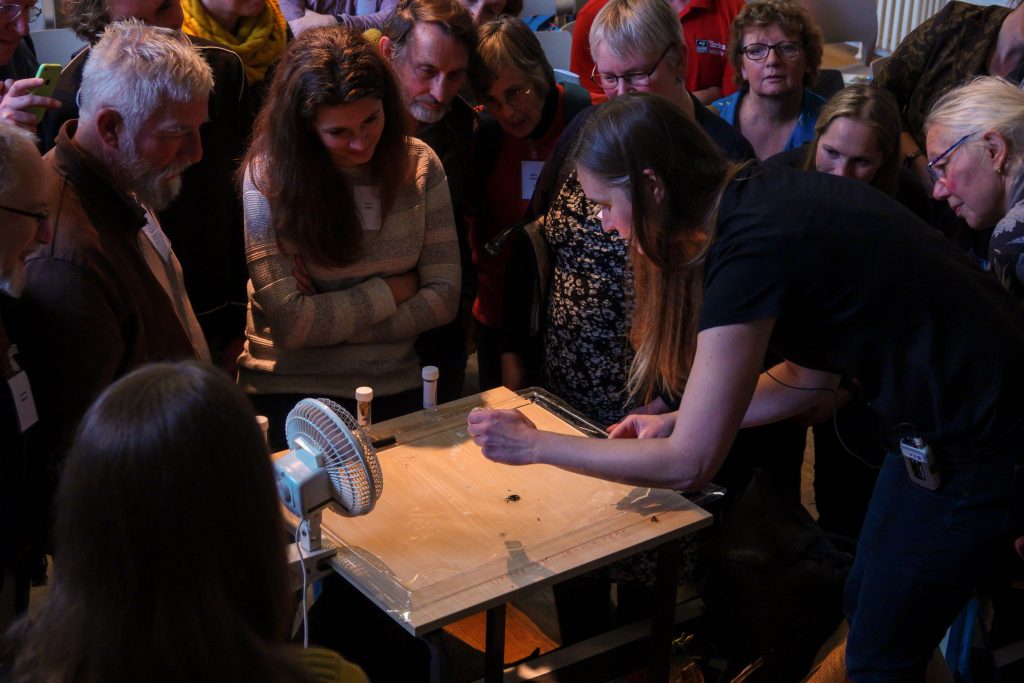
Your upcoming event, Nature Matters, is an annual creative celebration of nature. How important do you think the creative arts are for exploring and raising awareness about the environment?
The creative arts have a critical role to play in bringing us home to nature. And I say that as a former scientist who ‘jumped the fence’. Creativity was an aspect of my education that was horribly neglected. It’s all well and good to absorb information – to document and analyse and theorise. But in order to know what to do with all that, we need wisdom, emotional intelligence. We need stories, and we need huge amounts of love because love motivates and emboldens us like nothing else. Art makes sense of knowledge. Art asks questions science cannot and is free to go where science cannot see its way. Art lights up some of the dark. And wow, it’s getting dark right now.
This event has a huge varied list of sessions, from nature writing courses to panels on plastics in the environment and a session on nature and spirituality. What are the main goals that you want to achieve through Nature Matters?
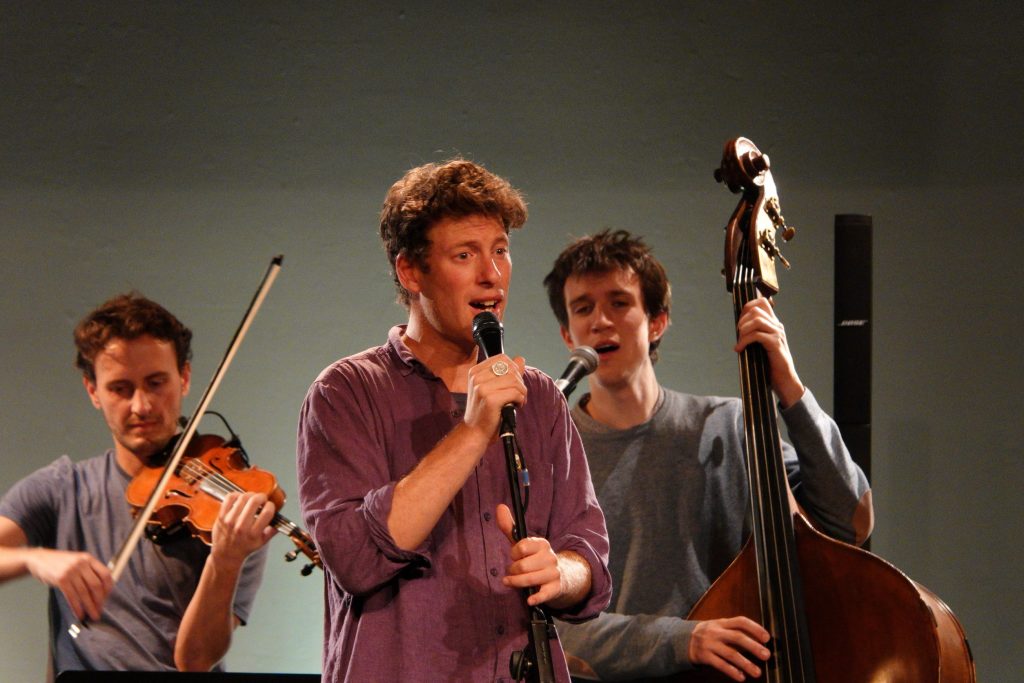
New Networks for Nature does what the name suggests. It is mycelial activism. It connects people, with nature and with each other. The events are entertaining but they are not entertainment. Attendees come to listen to and admire amazing people, but also to meet and link to them. We like to think that everyone in the room at a NNN event will go away inspired but also having inspired others. I started attending about 8 years ago, very shyly, but through a few mutual friends was introduced to others and now every year I go along with the express purpose of meeting more people. As the Irish saying goes – a stranger is a friend you haven’t met yet. At NNN, a stranger is a link to many more people, more voices for nature, more opportunities to disseminate, mobilise. Many of my NNN connections have become deep friendships – but they are also highly intentional and purposeful relationships. I cultivate them because, if we can take any lesson from the current political castes, we desperately need a chumocracy for nature.
For any readers interested in your charity and its aims, what are the best ways that people can get involved?
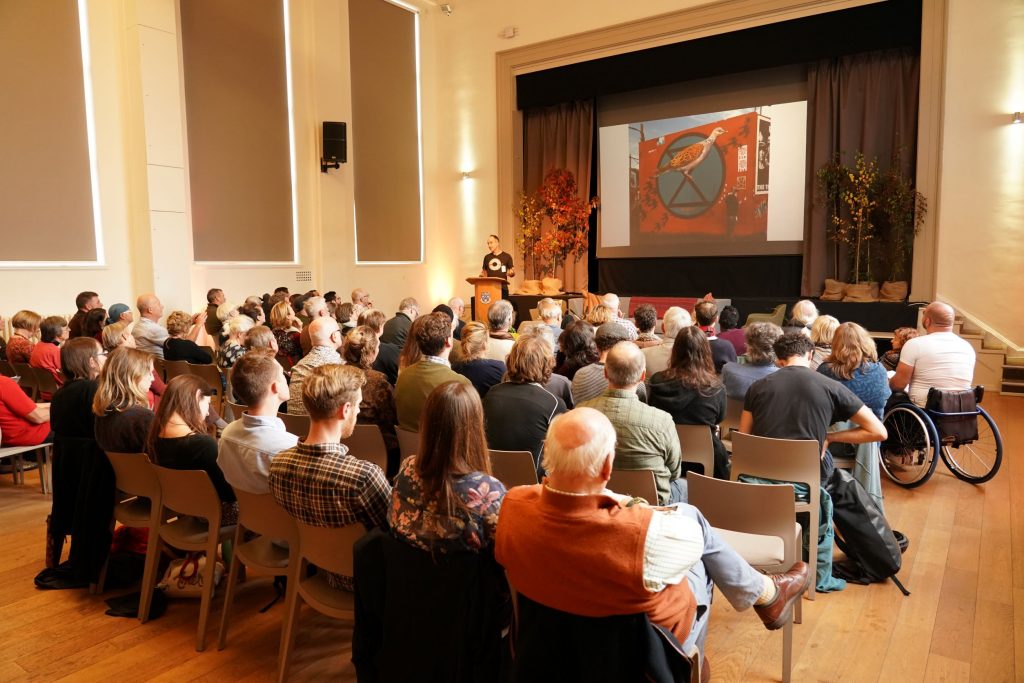
Come along! The attendees are as much part of the network as those on stage at any event. We bust a gut to keep the cost of attending to a minimum and make it accessible. There are always opportunities to ask questions, to socialise and to connect. As a rule, we don’t invite applications to perform or speak. Each event is organised by a different team and the programmes are themes and very organic. There are always a few big names in the mix but increasingly we tend to feature up-and-coming contributors or less exposed specialists – and to be honest, those more niche sessions are often where the real ‘wow’ moments happen. Unlike other festivals, we’re not really part of the promotion round – no one will get rich or famous or achieve a bestseller by appearing, or achieve social media celebrity. But we hope that everyone will go away with fresh fire in the belly, new light in the mind, and a list of names and allies to add to their personal network for nature.
Nature Matters 2021 will be held in Bath on 19th-21st November and will feature an exciting list of contributors, including ecological activist Satish Kumar, popular ornithologist David Lindo, breakthrough nature writer Nicola Chester, musician and curlew campaigner David Gray and young environmental campaigners Kabir Kaul, Holly Gillibrand and Bella Lack. To see the programme and book a ticket visit https://www.newnetworksfornature.org.uk/2021-event/
You can find out more about New Networks For Nature from their website and by following them on Facebook and Twitter.

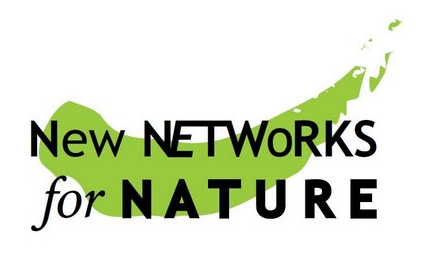

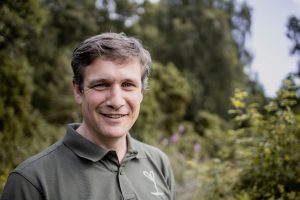
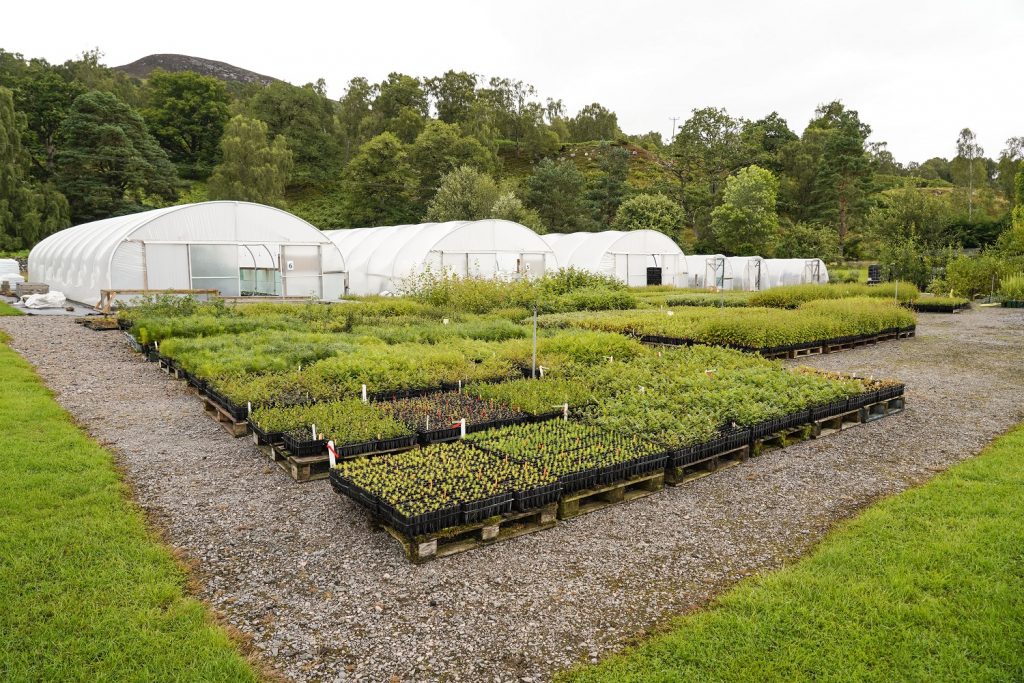
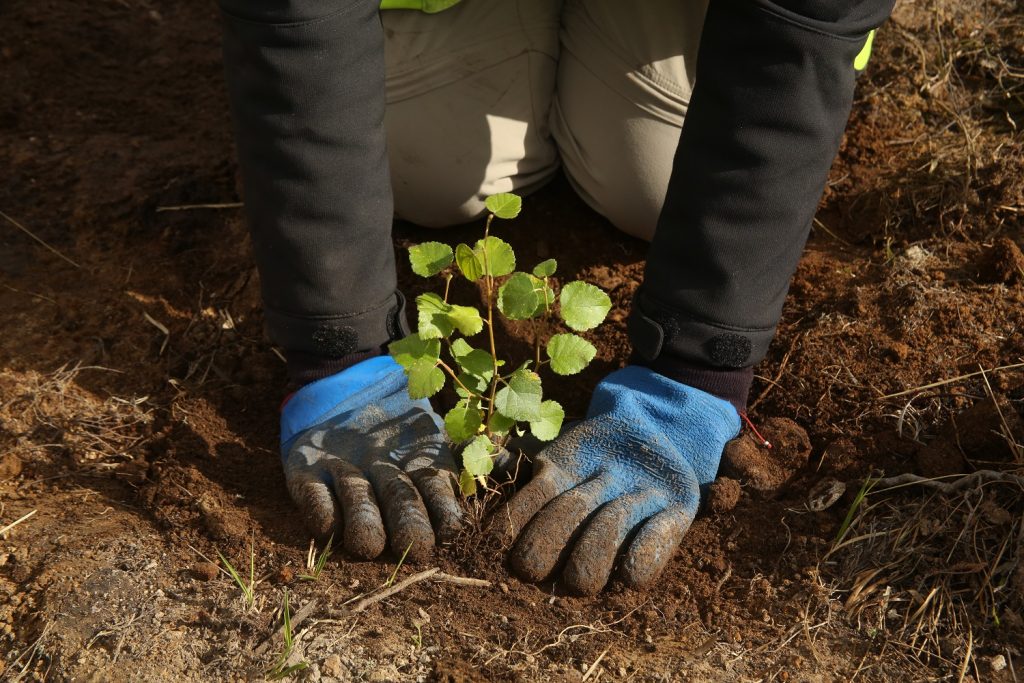
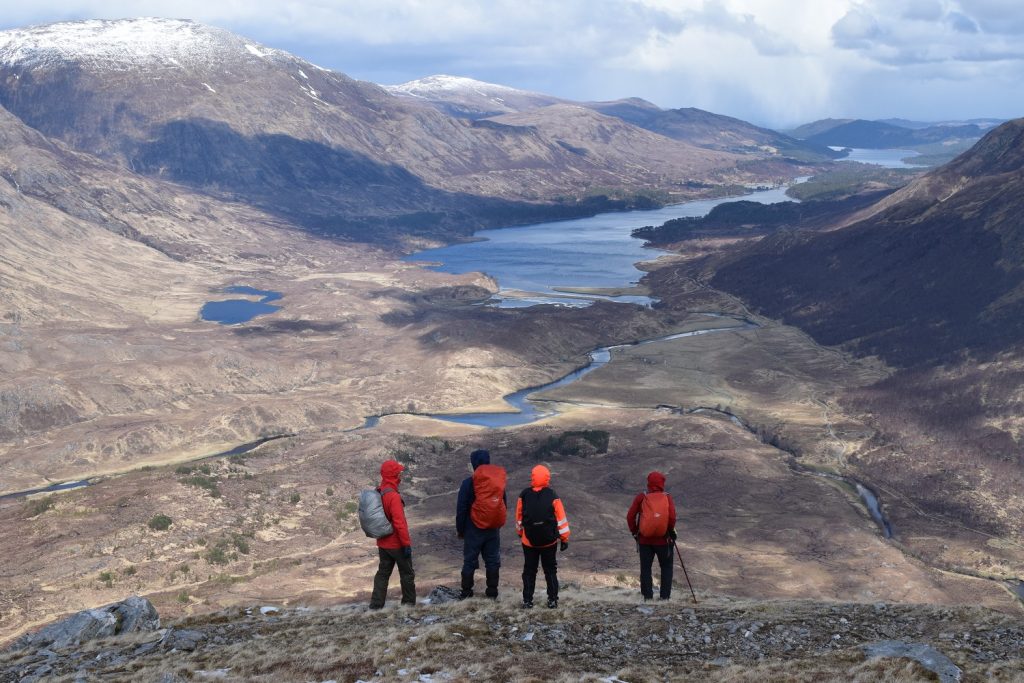
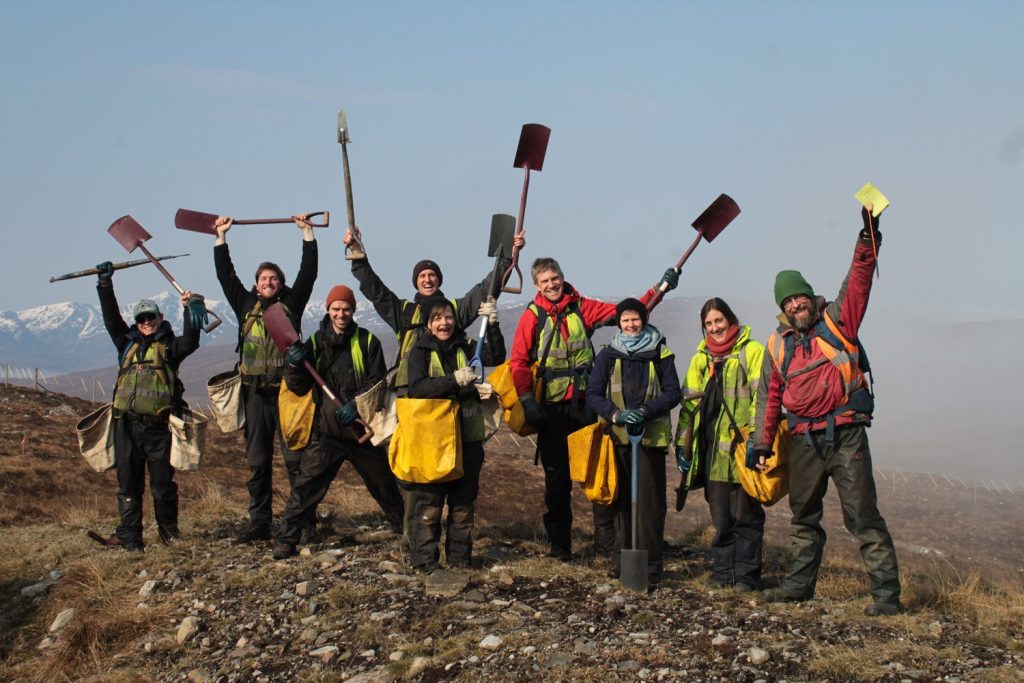

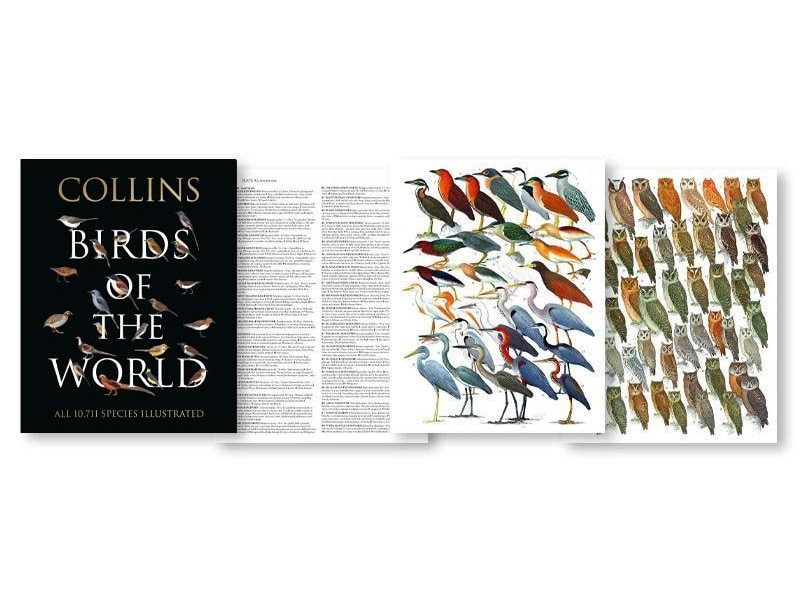
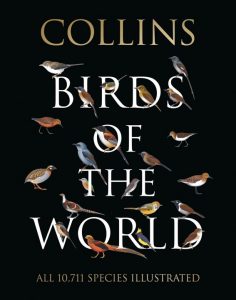
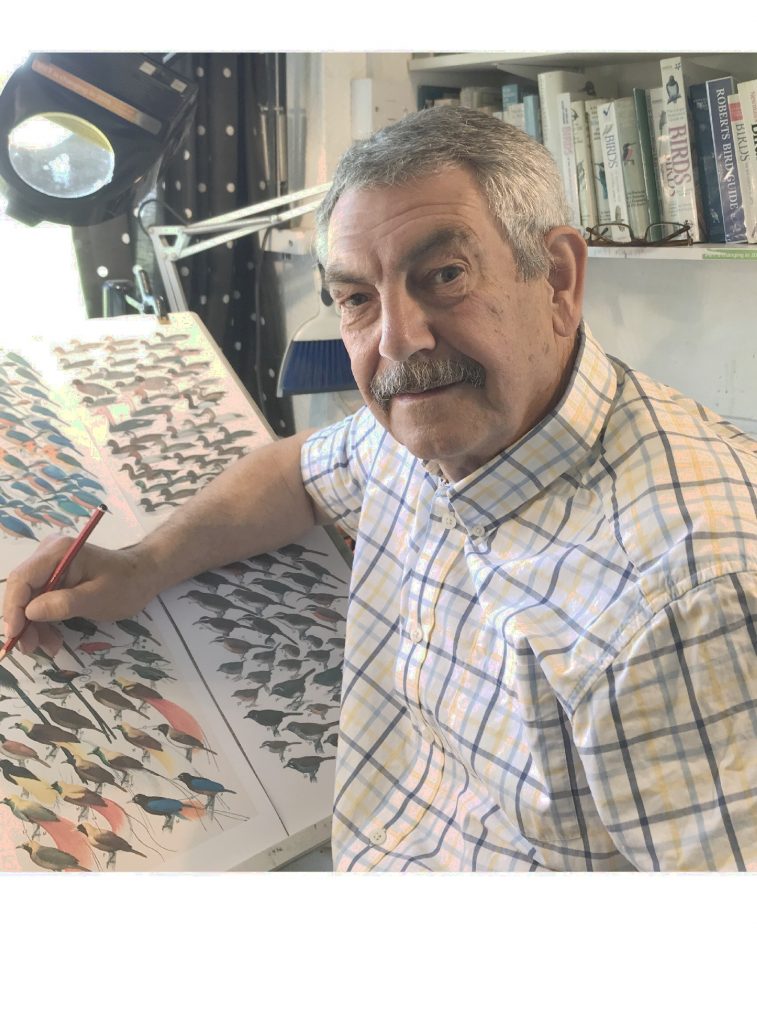 I originally trained as a mechanical engineer but ‘jumped ship’ in the 70s to take up my real love as a wildlife artist, with a focus on birds. I made this leap with much encouragement from my wife Marie and a great deal of help and inspiration from well-known bird artist Robert Gillmor, bird photographer Eric Hosking and the great East African ornithologist John Williams. I had no intention of working on book illustrations, but I got caught up in it, really liked it and I have enjoyed it ever since.
I originally trained as a mechanical engineer but ‘jumped ship’ in the 70s to take up my real love as a wildlife artist, with a focus on birds. I made this leap with much encouragement from my wife Marie and a great deal of help and inspiration from well-known bird artist Robert Gillmor, bird photographer Eric Hosking and the great East African ornithologist John Williams. I had no intention of working on book illustrations, but I got caught up in it, really liked it and I have enjoyed it ever since.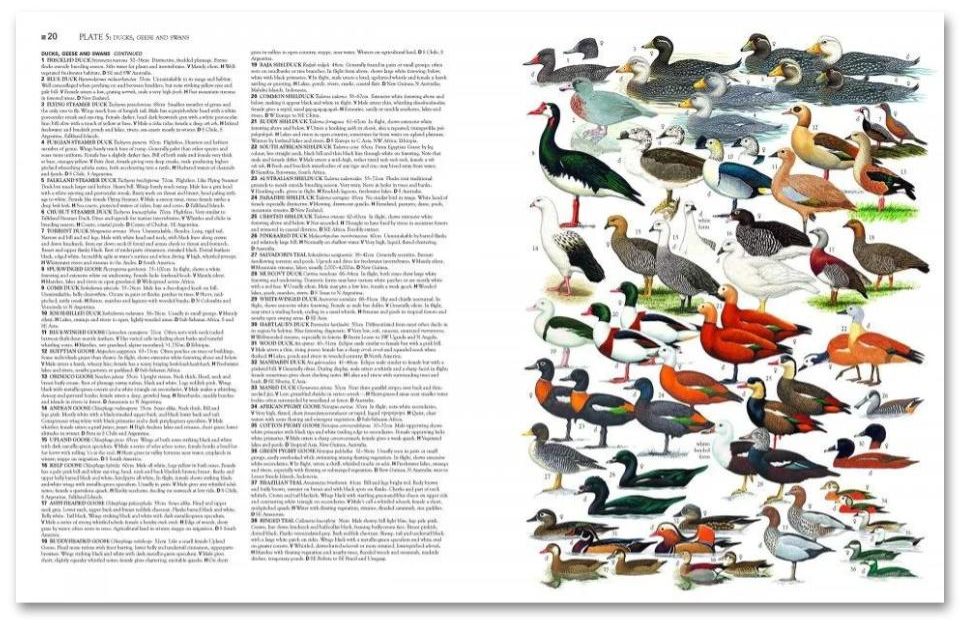
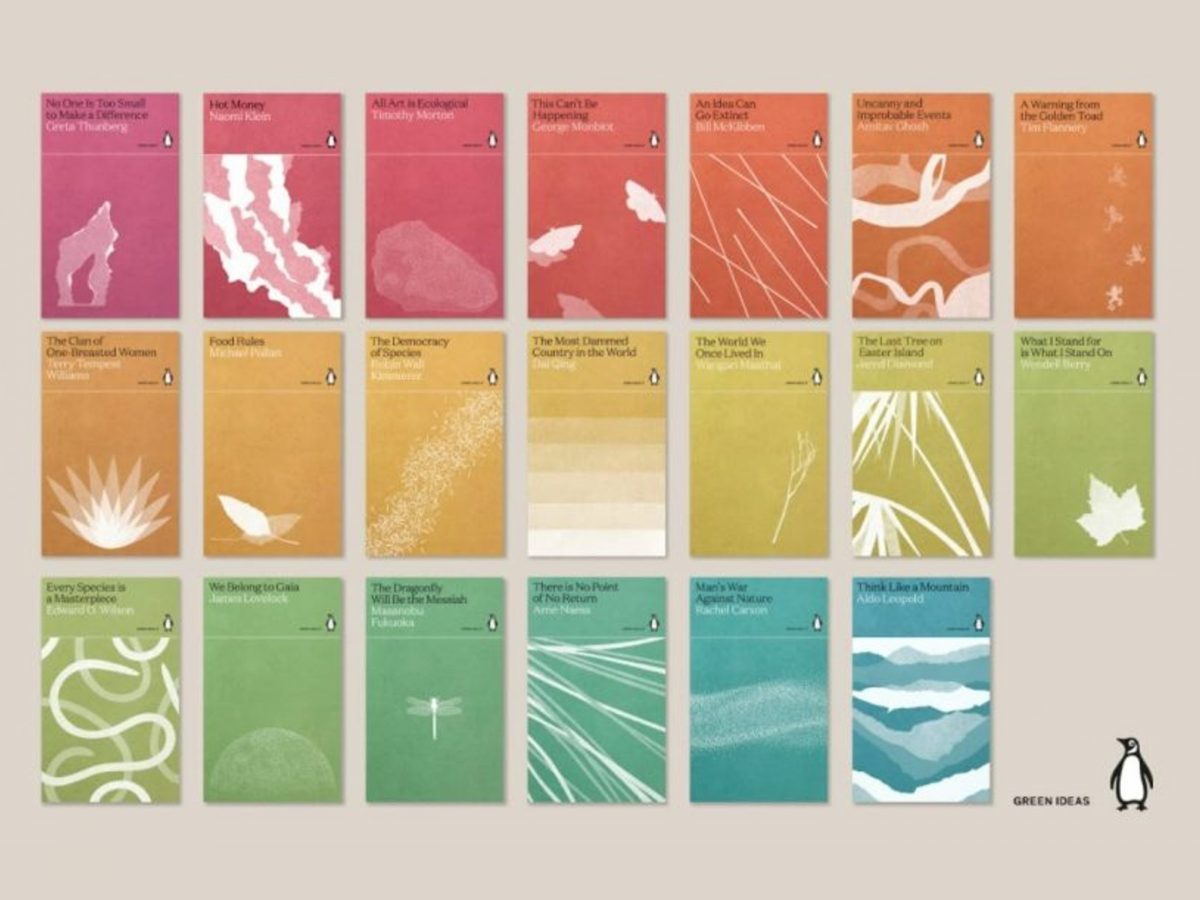
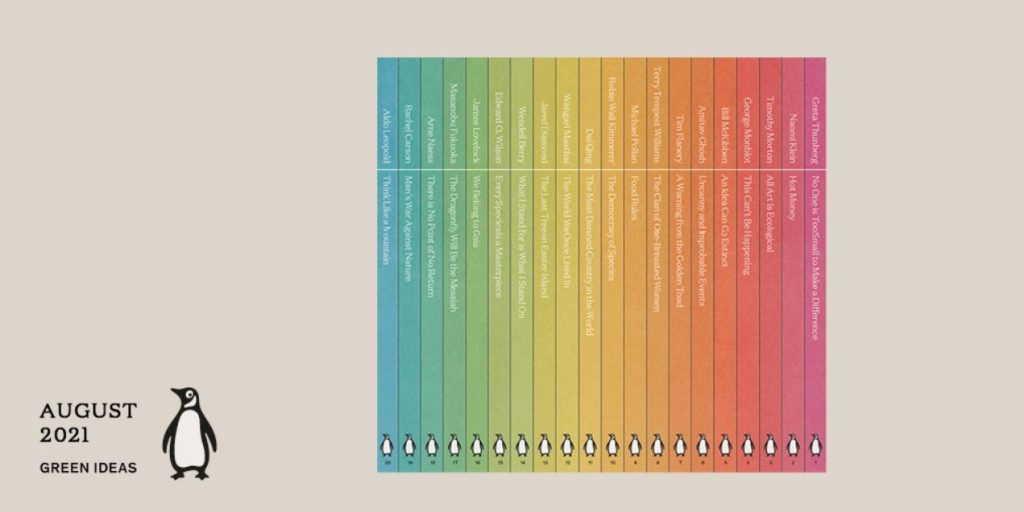
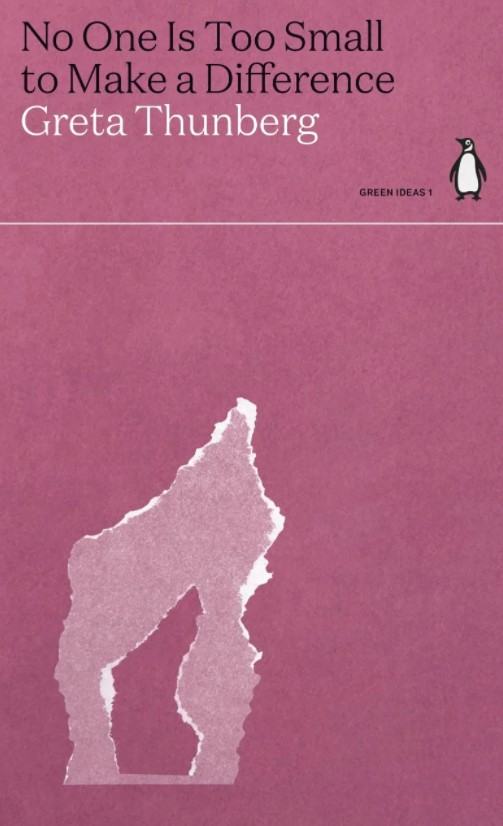

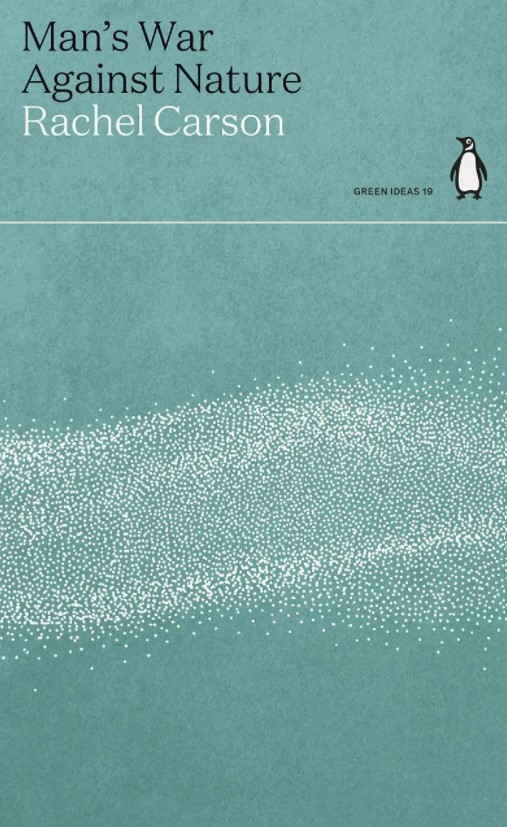

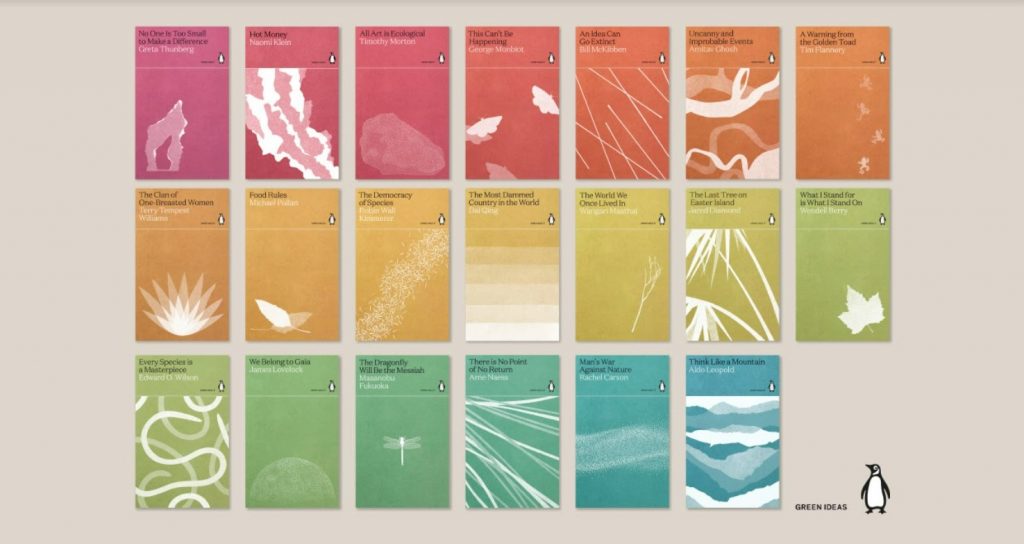

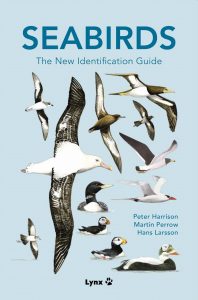 Lynx Edicions is a Barcelona-based publishing house, originally founded in 1989 to create the
Lynx Edicions is a Barcelona-based publishing house, originally founded in 1989 to create the 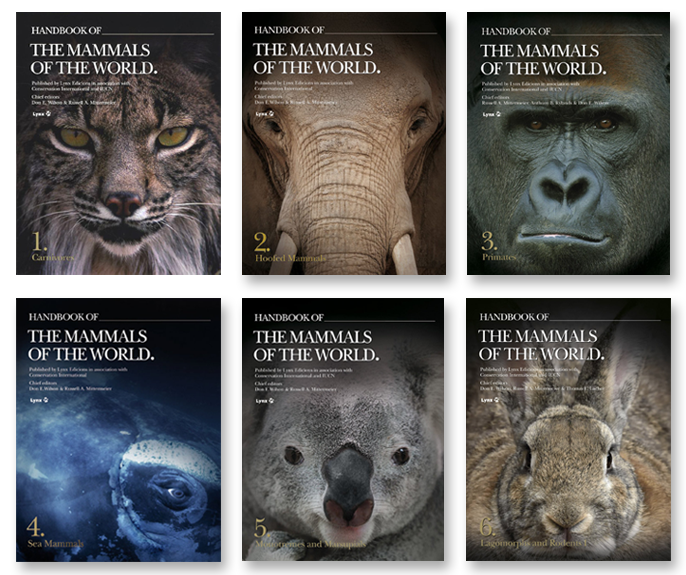
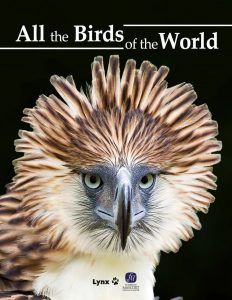 the line into extinction. In our Handbooks, Illustrated Checklists, Field Guides and most recently
the line into extinction. In our Handbooks, Illustrated Checklists, Field Guides and most recently 
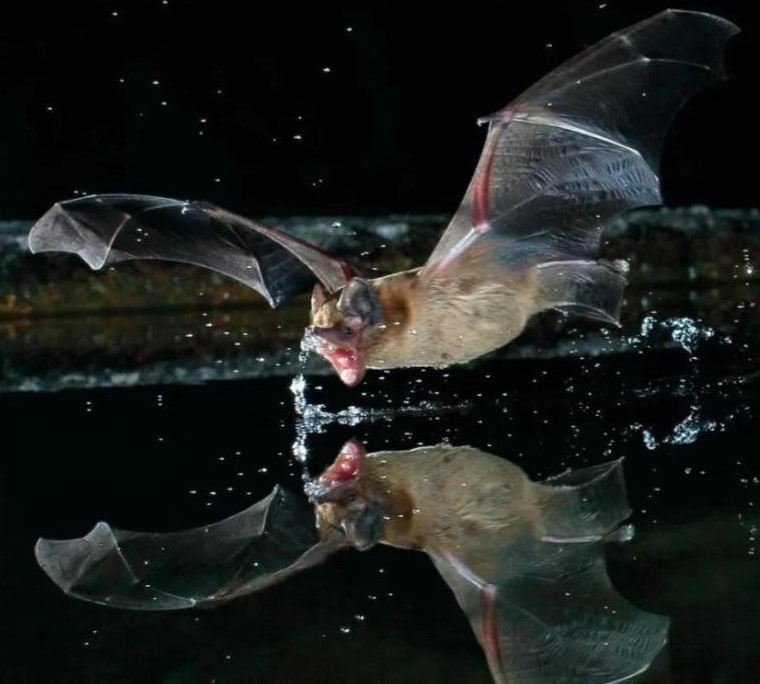
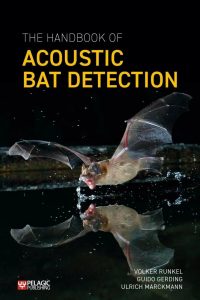 Acoustic detection is a popular and widespread method of environmental assessment, and its use is increasing, driven by the development of increasingly accessible and sophisticated detection devices.
Acoustic detection is a popular and widespread method of environmental assessment, and its use is increasing, driven by the development of increasingly accessible and sophisticated detection devices. 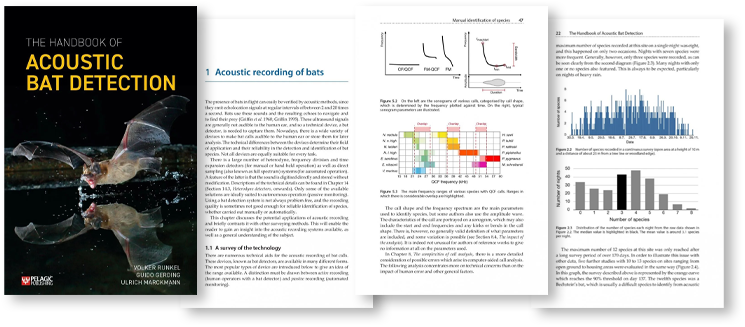

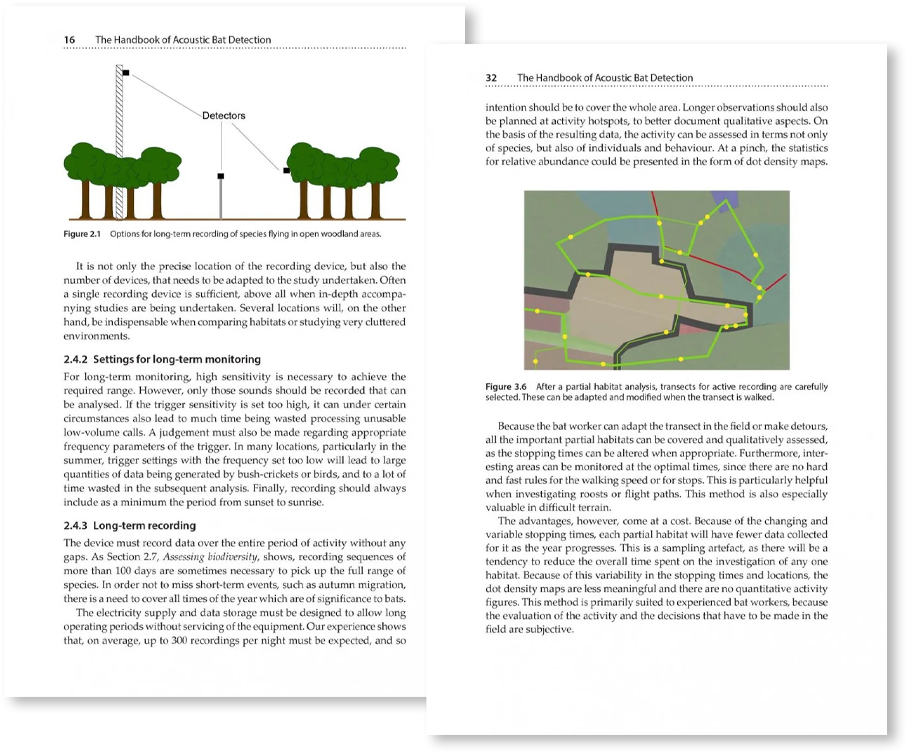
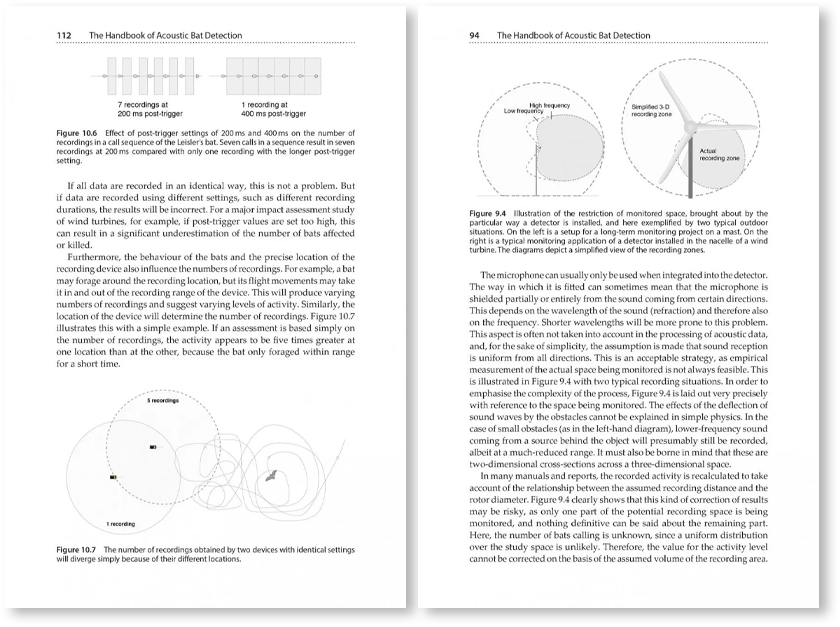
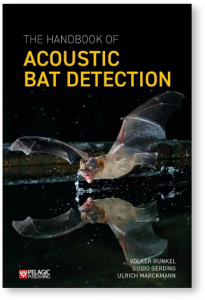
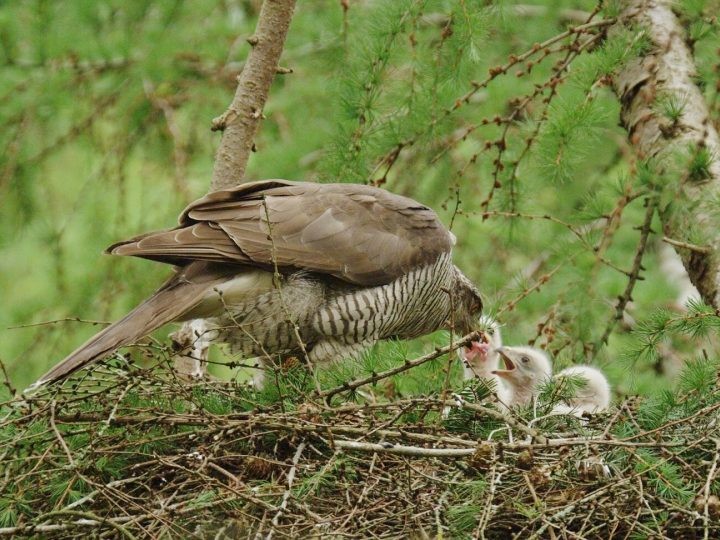
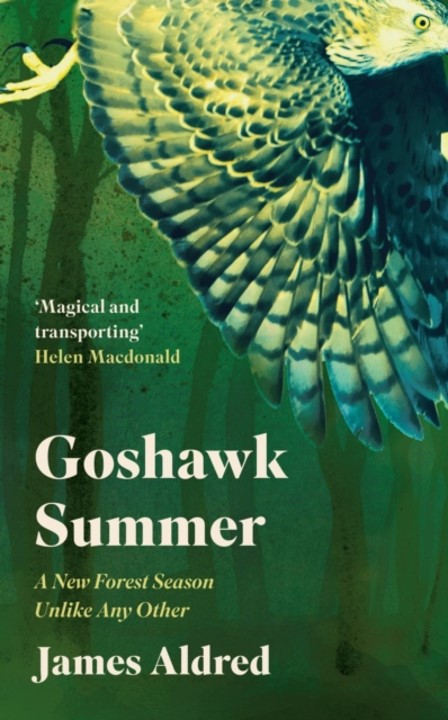
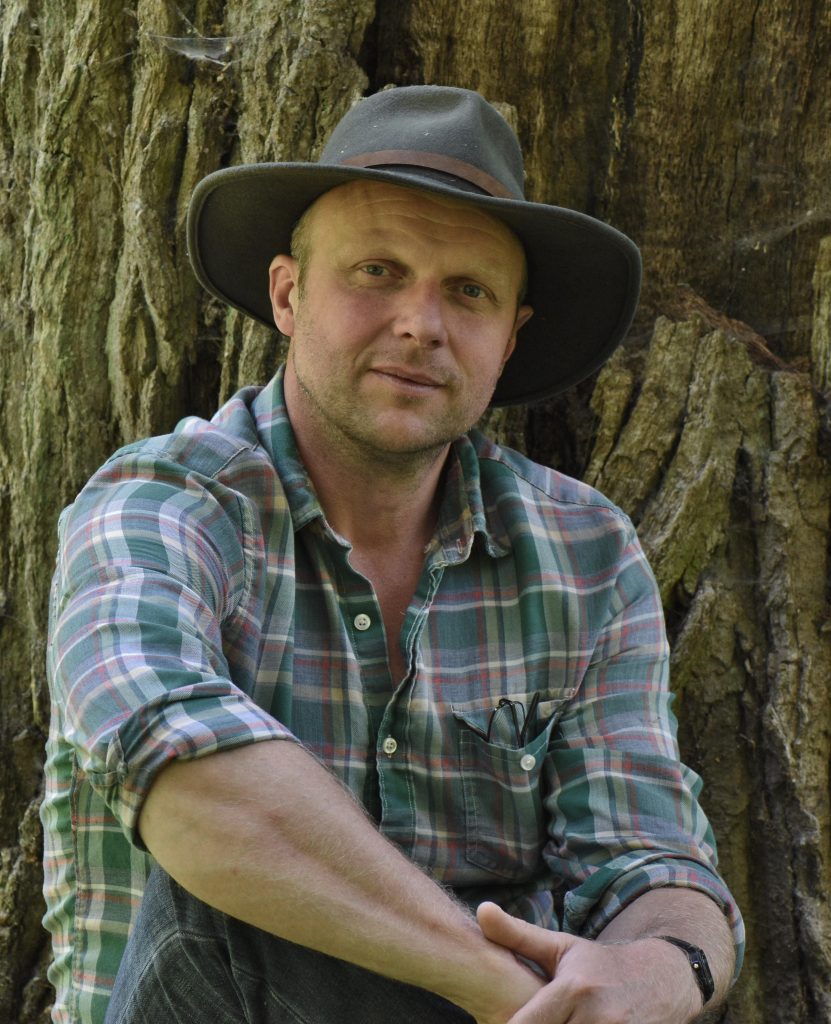 Could you tell us about how you first came to be interested in the natural world?
Could you tell us about how you first came to be interested in the natural world?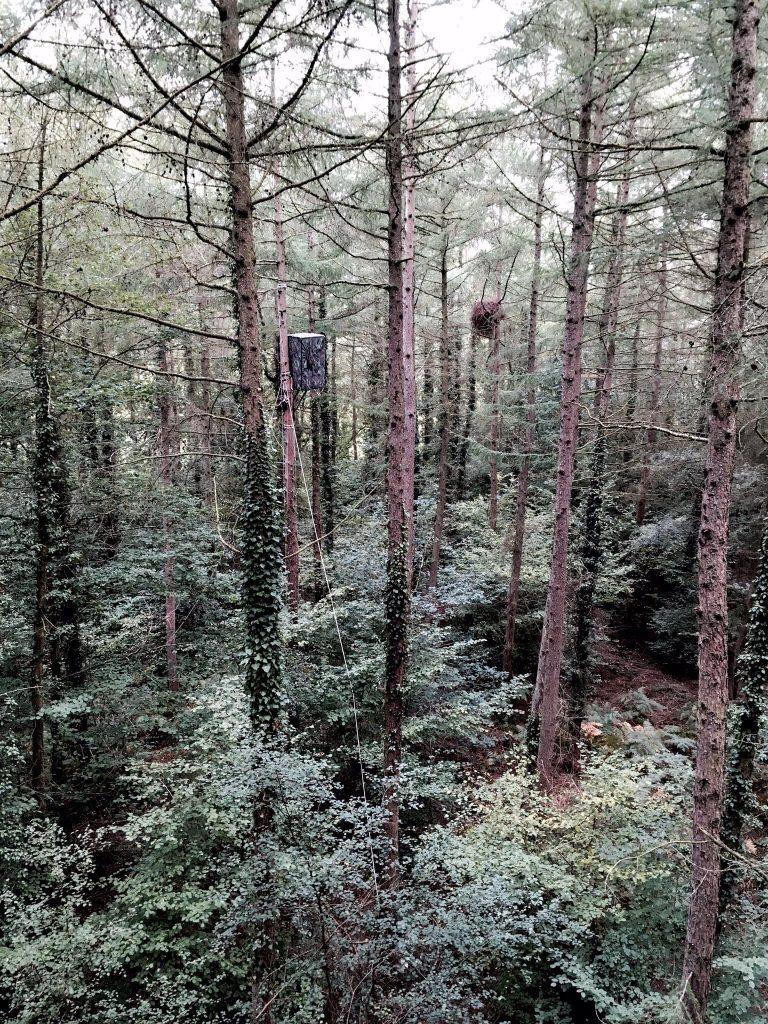
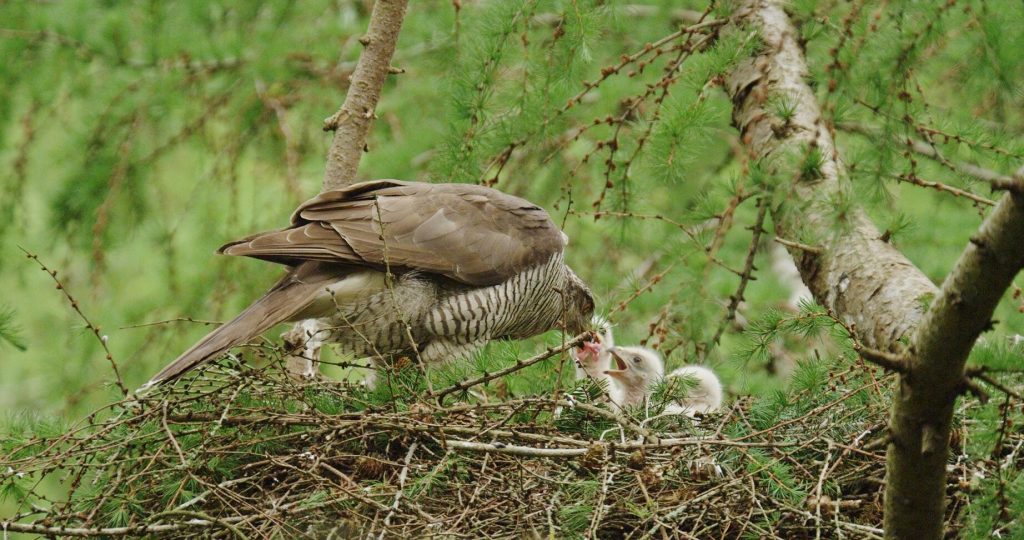
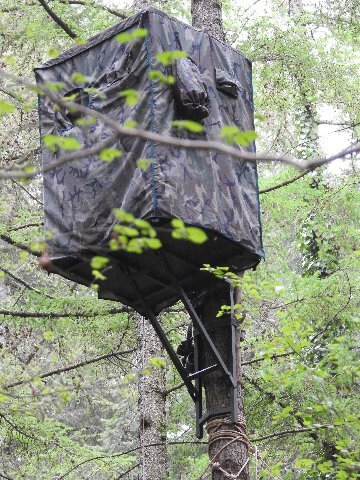 The reality is very anti-social working hours, high levels of frustration and a huge impact on home life! But I wouldn’t change it for the world as it is undoubtedly one of the most soul-nourishing jobs you could ever hope to do, in my opinion. It’s a tough, highly competitive industry, but this doesn’t mean you can’t get in through gentle persistence and dedication. Knowledge is everything: read, watch and learn everything you possibly can about your chosen wildlife subject before even attempting to film it.
The reality is very anti-social working hours, high levels of frustration and a huge impact on home life! But I wouldn’t change it for the world as it is undoubtedly one of the most soul-nourishing jobs you could ever hope to do, in my opinion. It’s a tough, highly competitive industry, but this doesn’t mean you can’t get in through gentle persistence and dedication. Knowledge is everything: read, watch and learn everything you possibly can about your chosen wildlife subject before even attempting to film it.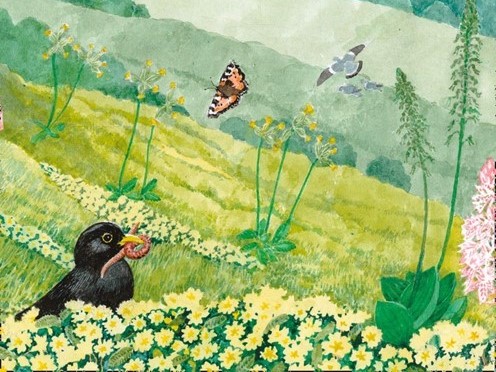
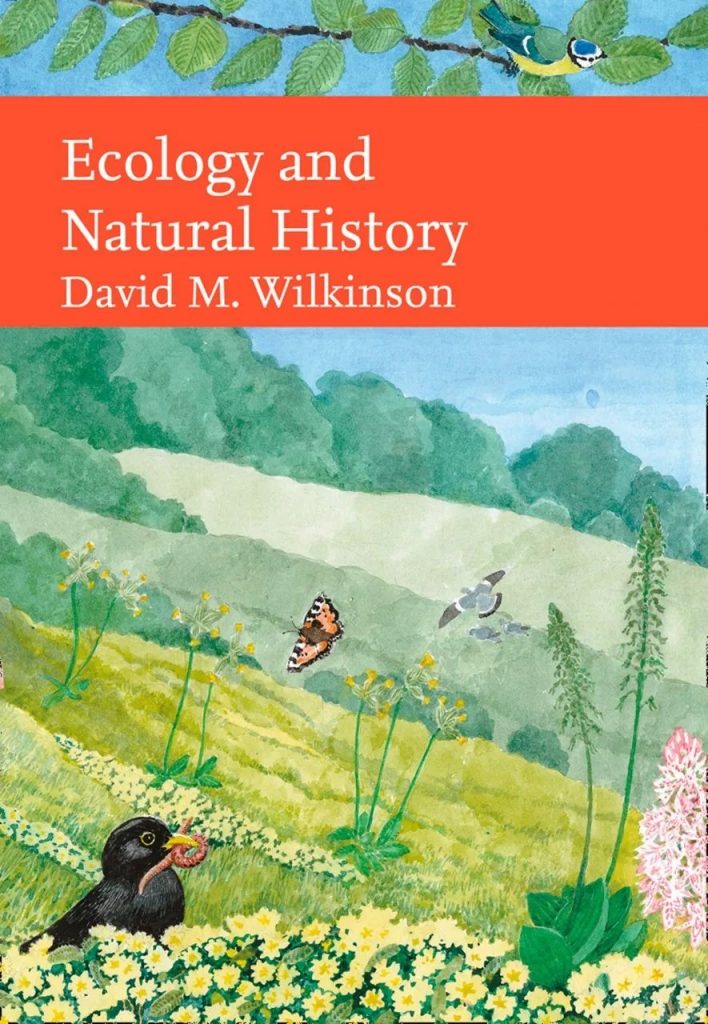
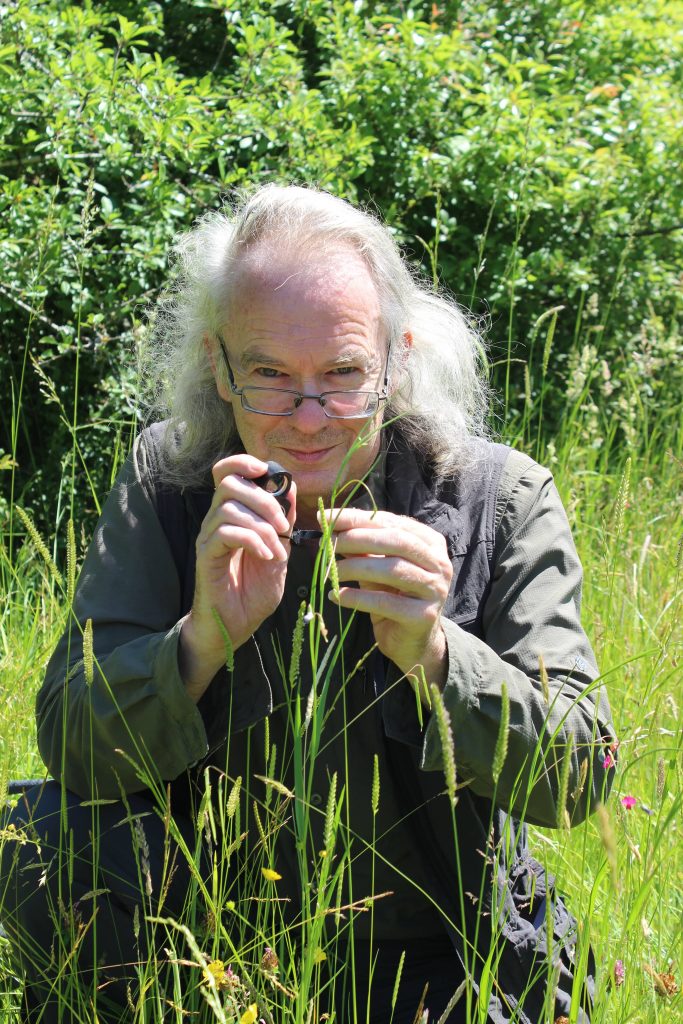
 Silvertown (plant ecologist and science writer) was the member of the New Naturalist editorial board who oversaw my book. He liked the site based approach and encouraged me to use it throughout the book (his own popular book on plant diversity ‘Demons in Eden’ had used a similar approach). In many ways the approach grew out of my tendency to ‘tell stories’ when talking about ecology to beginning undergraduates. So in part the book is my lecturing style turned to prose.
Silvertown (plant ecologist and science writer) was the member of the New Naturalist editorial board who oversaw my book. He liked the site based approach and encouraged me to use it throughout the book (his own popular book on plant diversity ‘Demons in Eden’ had used a similar approach). In many ways the approach grew out of my tendency to ‘tell stories’ when talking about ecology to beginning undergraduates. So in part the book is my lecturing style turned to prose.
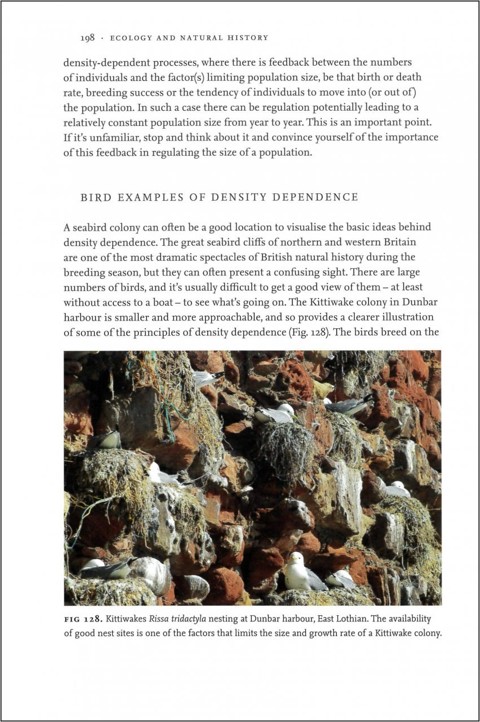 Because of the relatively early start of academic ecology in Britain the country has a number of very long running ecology field experiments. For example two I write about in the book are The Park Grass experiment at Rothamsted (started 1856) and the Godwin Plots at Wicken Fen (started 1927). Neither was started with the idea that they would run for 100 years or more – there is a large element of chance in their long-term survival. However, once an experiment has been running for a long time then people start to realise that such long runs of data are important and try and find the resources to continue them. More recent examples include (amongst many) the Buxton Climate Change Impacts Lab (which commenced in 1993 on limestone grassland in the Peak District) and grazing experiments set up in the Ainsdale Dunes system in Merseyside (started in 1974). But to be really long term requires luck and/or a succession of people determined enough to keep them going against the odds.
Because of the relatively early start of academic ecology in Britain the country has a number of very long running ecology field experiments. For example two I write about in the book are The Park Grass experiment at Rothamsted (started 1856) and the Godwin Plots at Wicken Fen (started 1927). Neither was started with the idea that they would run for 100 years or more – there is a large element of chance in their long-term survival. However, once an experiment has been running for a long time then people start to realise that such long runs of data are important and try and find the resources to continue them. More recent examples include (amongst many) the Buxton Climate Change Impacts Lab (which commenced in 1993 on limestone grassland in the Peak District) and grazing experiments set up in the Ainsdale Dunes system in Merseyside (started in 1974). But to be really long term requires luck and/or a succession of people determined enough to keep them going against the odds.
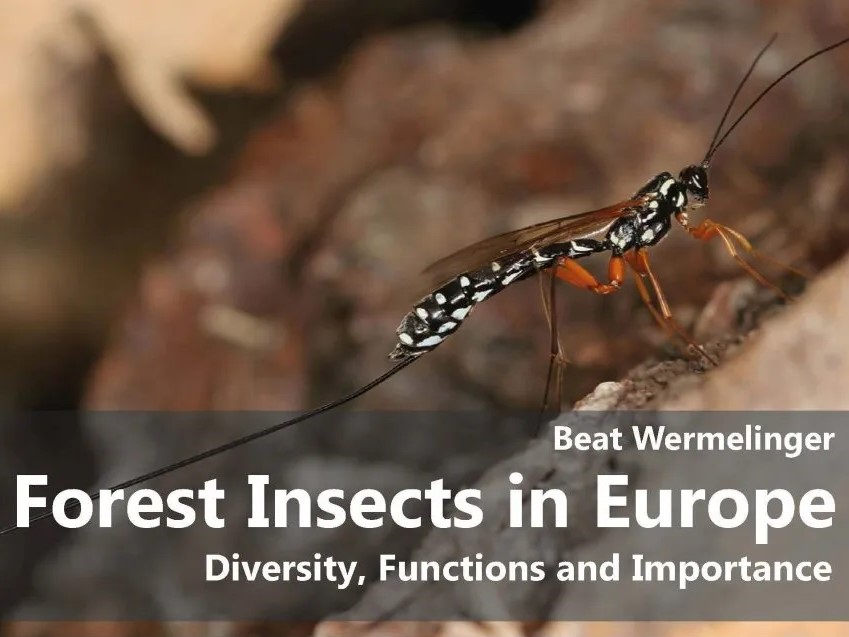

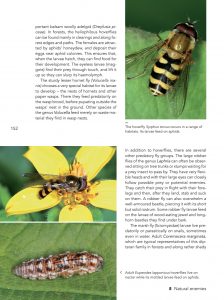 Much of the information comes from my readings or lectures. However, since I wanted to portray the ecological and economic importance of forest insects as broadly as possible, I still had to review a lot of published material. Above all, I wanted to support quantitative data with accurate citations. Owing to the Internet, such research is easier today than it was 20 years ago… Fortunately, I also had my own photographs on almost all topics.
Much of the information comes from my readings or lectures. However, since I wanted to portray the ecological and economic importance of forest insects as broadly as possible, I still had to review a lot of published material. Above all, I wanted to support quantitative data with accurate citations. Owing to the Internet, such research is easier today than it was 20 years ago… Fortunately, I also had my own photographs on almost all topics.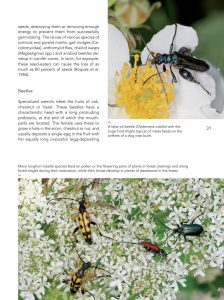 Professionally, I am mainly concerned with wood-dwelling insects. I am especially interested in the bark beetles, and their natural enemies as well as the intensive interactions with their host trees. Bark beetles are known to be pests, but they are also pioneers in the decay of wood. I also deal with the wood-dwelling longhorn beetles and jewel beetles, which often lend themselves to photography because of their size and beauty. For decades I have dealt with the development of their biodiversity after disruptive events such as storms or fire. The social red wood ants or the galling insects also fascinate me with their ingenious way of life.
Professionally, I am mainly concerned with wood-dwelling insects. I am especially interested in the bark beetles, and their natural enemies as well as the intensive interactions with their host trees. Bark beetles are known to be pests, but they are also pioneers in the decay of wood. I also deal with the wood-dwelling longhorn beetles and jewel beetles, which often lend themselves to photography because of their size and beauty. For decades I have dealt with the development of their biodiversity after disruptive events such as storms or fire. The social red wood ants or the galling insects also fascinate me with their ingenious way of life.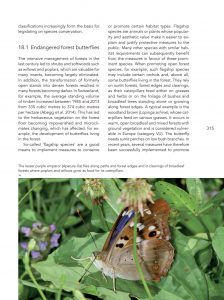 There are two main causes for the decline in much of the forest insect fauna. The intensive use of wood in the past centuries has led to the fact that the forest area in Europe has decreased significantly over a long period of time, the trees no longer reach their natural age phase, and there were almost no dead trees that could slowly rot. In the case of many wood-dwelling insects that are dependent on so-called habitat trees or develop in decayed, thick tree trunks, this has led to a severe threat to their biodiversity. In recent decades, the forest area has increased again and in many countries the preservation of old trees and dead wood is being promoted. However, the impact is still modest.
There are two main causes for the decline in much of the forest insect fauna. The intensive use of wood in the past centuries has led to the fact that the forest area in Europe has decreased significantly over a long period of time, the trees no longer reach their natural age phase, and there were almost no dead trees that could slowly rot. In the case of many wood-dwelling insects that are dependent on so-called habitat trees or develop in decayed, thick tree trunks, this has led to a severe threat to their biodiversity. In recent decades, the forest area has increased again and in many countries the preservation of old trees and dead wood is being promoted. However, the impact is still modest.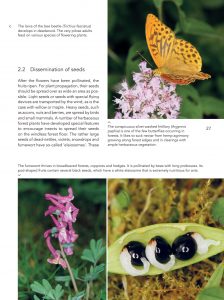 The main problem when photographing small objects is always to be able to focus as much as possible on them. This requires a small aperture and therefore a lot of light. I photograph everything “hand-held” and therefore the shutter speed should be short. For these reasons, I almost always use a ring flash with separately controllable halves and 100 mm macro lens with my SLR camera. Nonetheless, even cameras with a small sensor (even mobile phones!) can nowadays produce surprisingly good images of larger, less volatile insects.
The main problem when photographing small objects is always to be able to focus as much as possible on them. This requires a small aperture and therefore a lot of light. I photograph everything “hand-held” and therefore the shutter speed should be short. For these reasons, I almost always use a ring flash with separately controllable halves and 100 mm macro lens with my SLR camera. Nonetheless, even cameras with a small sensor (even mobile phones!) can nowadays produce surprisingly good images of larger, less volatile insects.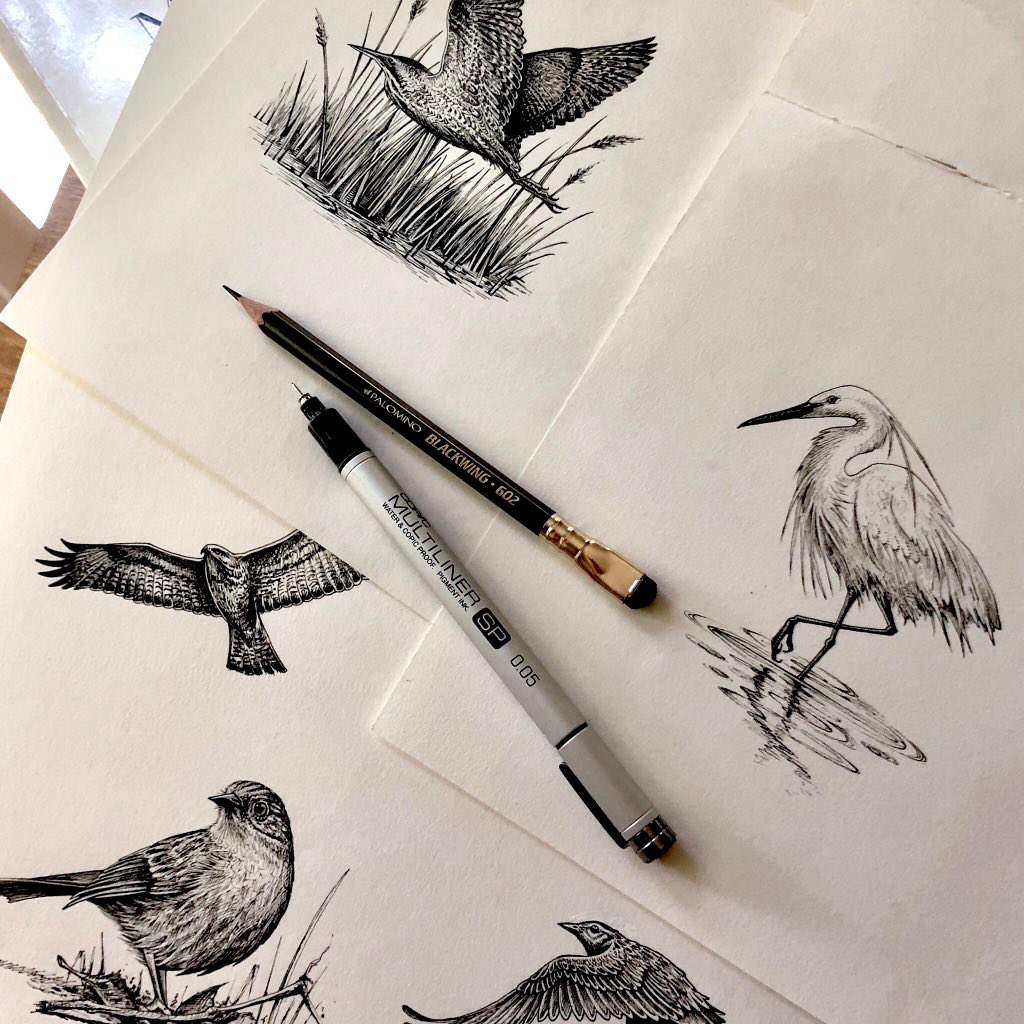
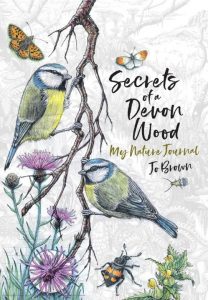
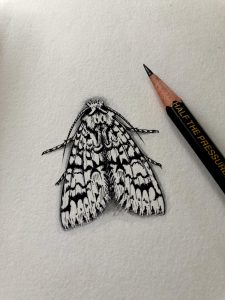
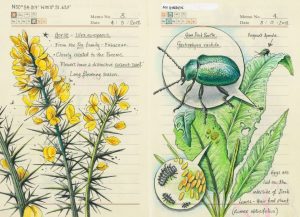 No! I wasn’t even thinking about publishing – the journal was a personal project. I realised very early on that when I draw and document things, I remember them. I remember things like Rumex Obtusifolius (the Latin name for Doc Leaf) – it’s been a wonderful learning tool and almost everything I’ve learned about nature, I’ve learned entirely on my own through observation, supported by research.
No! I wasn’t even thinking about publishing – the journal was a personal project. I realised very early on that when I draw and document things, I remember them. I remember things like Rumex Obtusifolius (the Latin name for Doc Leaf) – it’s been a wonderful learning tool and almost everything I’ve learned about nature, I’ve learned entirely on my own through observation, supported by research.